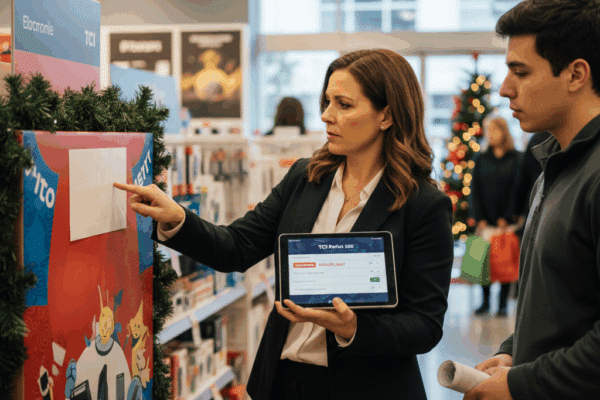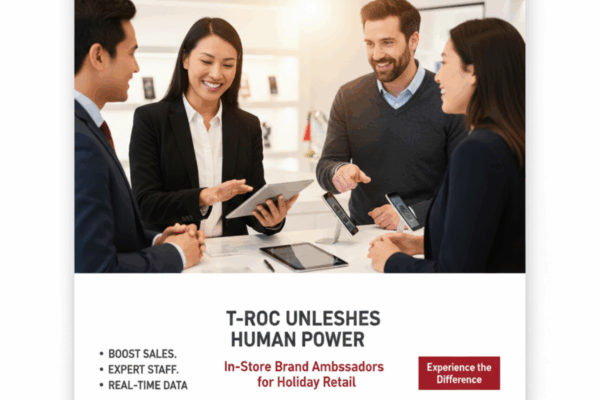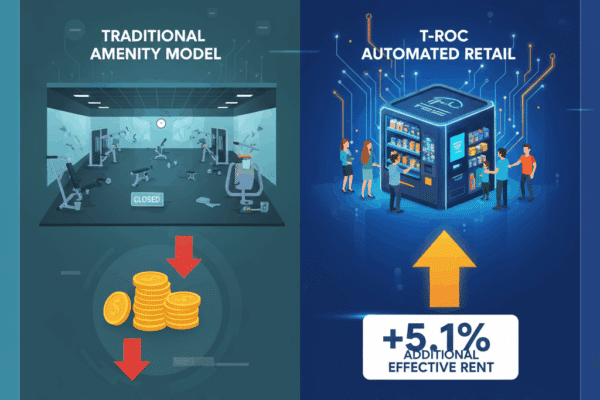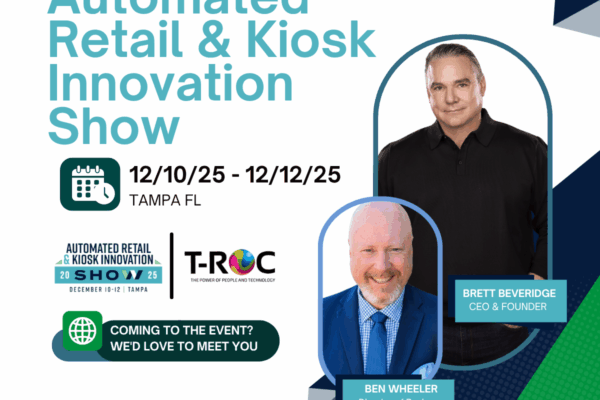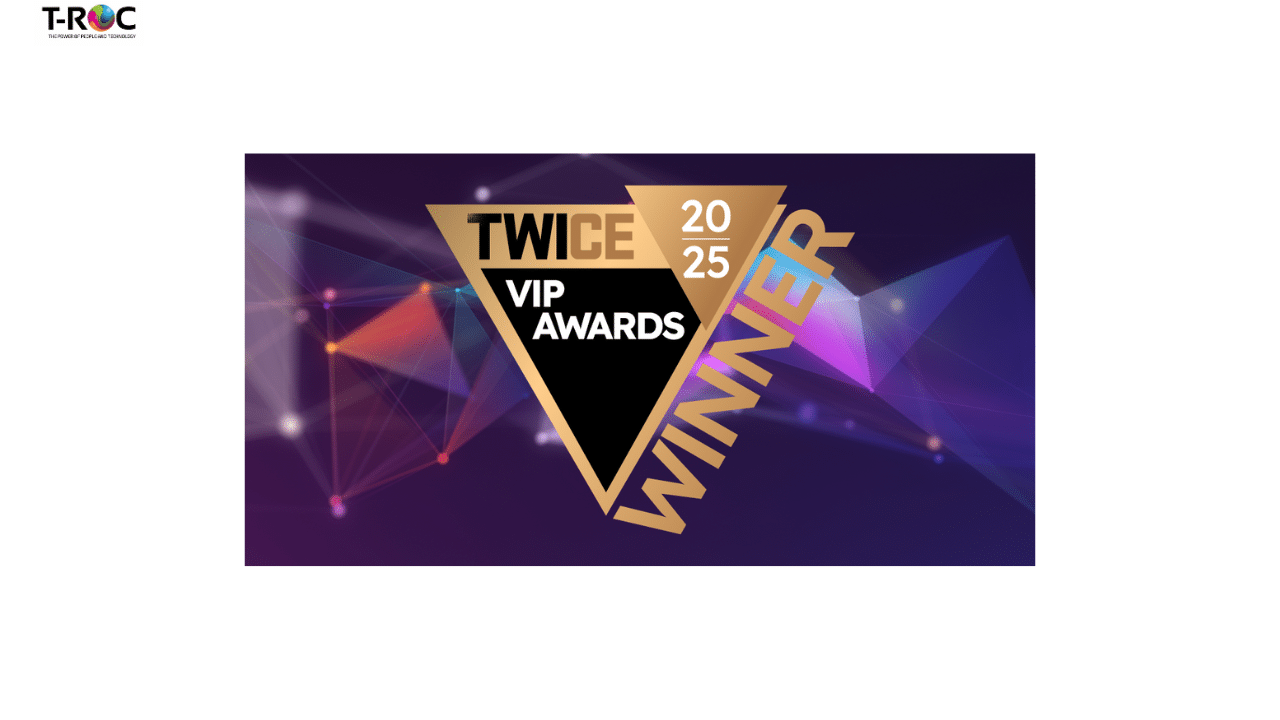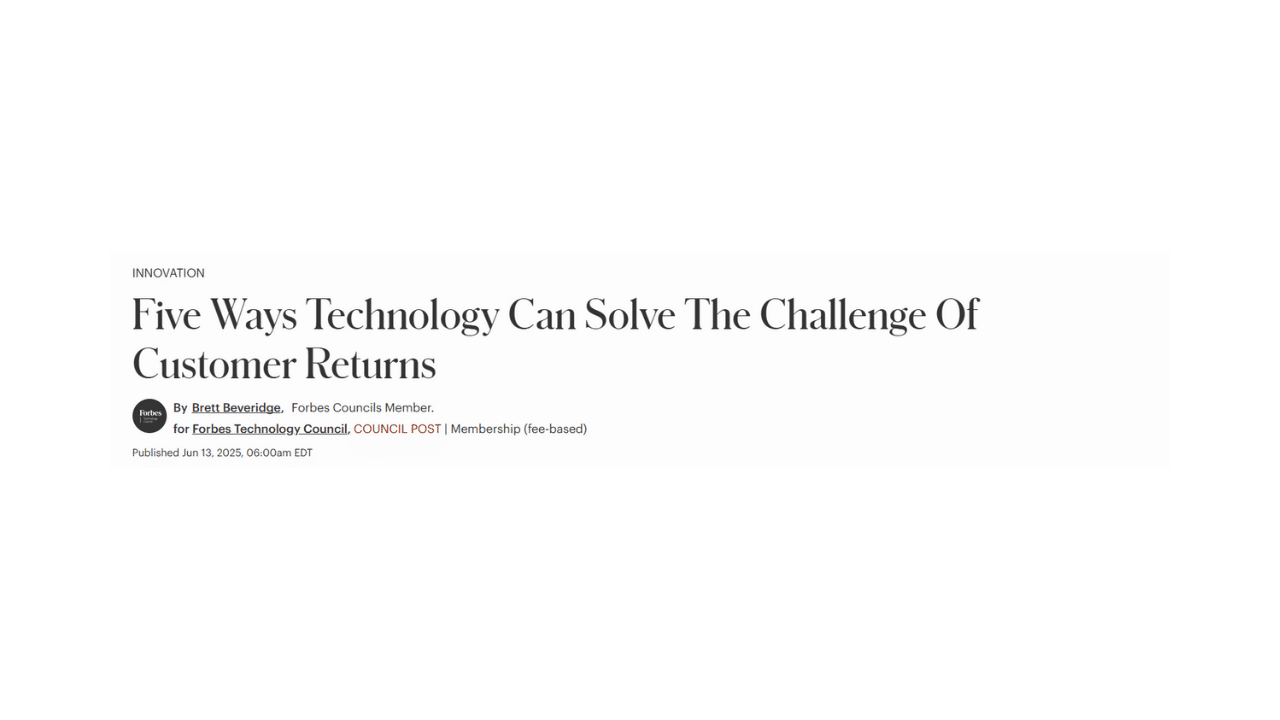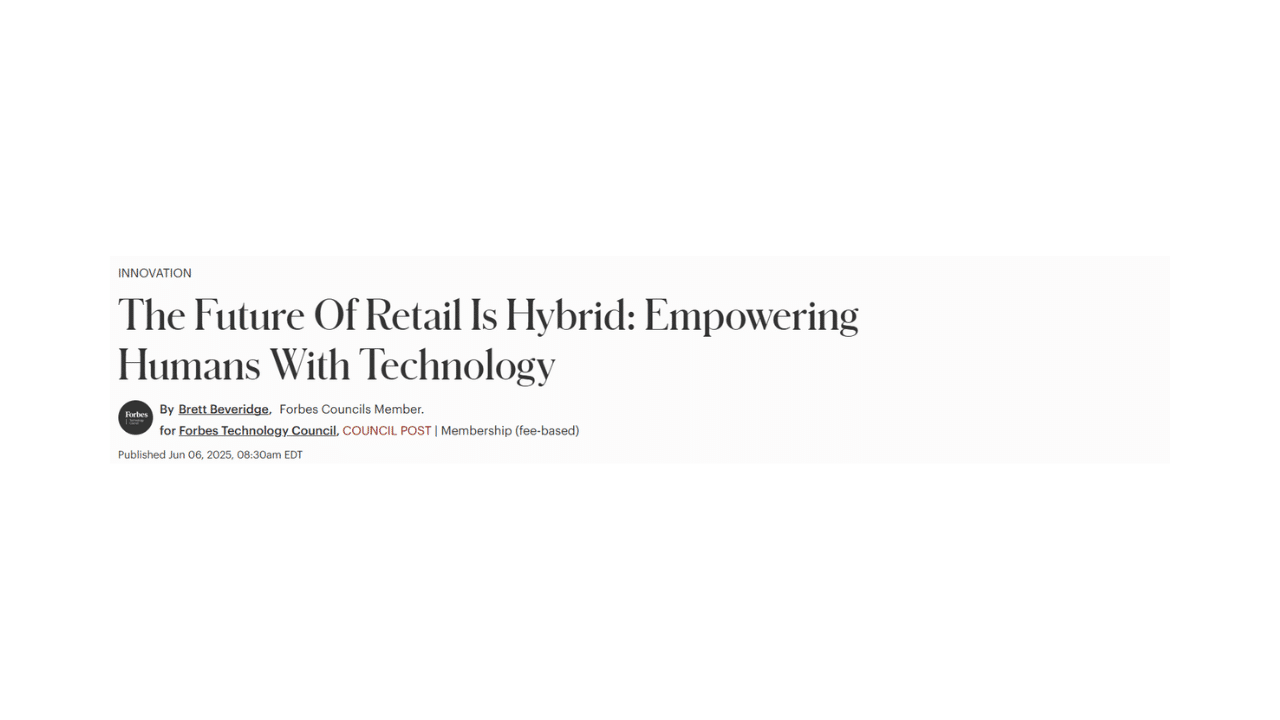
From moment to movement: Companies propel DE&I
In this third panel discussion on “Achieving Equity: Diversity, Inclusion and Beyond,” hosted by the South Florida Business Journal in partnership with the Urban League of Broward County and its Diversity & Inclusion Initiative partners, executives from across the region revealed their journeys along the path toward DE&I.
Such an embrace goes beyond “checking the boxes,” Urban League President and CEO Germaine Smith-Baugh said, and can imbue the goal of DE&I into the workforce. The Urban League’s REDI Playbook and “REDI to Lead” initiative help companies build upon what it identified as four pillars of success: an inclusive workplace culture, diverse talent pipeline development and advancement, supplier diversity promoting equitable purchasing, and equitable community investment.
As companies continue to return to the workplace in the post-pandemic “great return,” Smith-Baugh wondered how employers are helping their teams have a positive experience. Employee resource groups, or ERGs, can help. But what opportunities and challenges do they face, she wondered.
At law firm Holland & Knight, the affinity groups within its DE&I initiative started 10 years ago. Today, the eight they have – including Black, Hispanics, LGBTQ, Native Americans, Veterans, Asian and Pacific Islanders and Women – are all voluntary. And each is having a solid impact. They offer a safe place to share ideas, said Kelly-Ann Cartwright, the firm’s Directors Committee chair.
For example, the Black affinity group held a program that discussed the various pathways to partnership, and specifically addressed questions from Black associates, offering them – and the firm – a way to boost the low numbers of Black law partners by giving them a better understanding of the process.
“That’s the affinity group’s superpower,” she said. “They become happier, more productive employees, and have an opportunity to be part of the solution.”
Metrics’ role in a DE&I program
There’s no question that D&I programs are key to building a company’s business plan and culture. Measuring their effectiveness and tweaking are equally important. Smith-Baugh wondered how DE&I metrics are being used to evaluate programs relative to company needs and to identify areas for future growth impact, like supplier diversity, training programs, for example.
As SBA Communications, DE&I is integrated into its culture and “people focus,” said Michelle Eisner, the company’s senior VP and chief HR officer. The company does pre- and post-training, and partnering with Gallup on an engagement survey to measure how learned programs are percolating with the team. Benchmarking SBA against the best practices of other companies keeps the company focused on real results. It also ensures conversations continue and individuals are comfortable and are able to thrive at the company, she said.
With CEO Jeff Stoops championing DE&I, the program’s commitment rises to a higher level, which further engages employees.
At BankUnited, where the program is young and maturing, measurement remains in the planning stages, said Eric Hibbert, the company’s executive VP and managing senior credit officer. When measurement comes, it will likely gauge internal and external programs.
Generally, its own benchmarking points to some levels of success. Those include its grant commitments to get 10 small businesses off the ground in 2022 and providing scholarships and internships to students at four colleges it has partnered with in Florida and New York through its iCARE program.
What they have measured well is the 30 students who have gone through the bank internship program, with 20 being kept on board. With the grants, the measurement is less defined in dollars and cents and more in paying it forward.
“If someone is helping the community, regardless of whether they are revenue positive, is what matters to us right now,” he said. “We want people to think about the social contract – that BankUnited is providing you some space to help, then you have to help someone else.”
Smith-Baugh acknowledged that process metrics are vital to knowing where success comes. Being able to document process metrics sets the foundation for future advancement and engagement across leadership teams.
What’s something you’ve seen come to fruition or are most excited about with implementation of your program?
I’m most excited about the commitment to recruiting, hiring and retaining diverse talent. We focus on the talent board and we look at it through a diversity lens. We require that at least 50% of our candidates identify with at least one diversity dimension, and require a diverse team of interviewers for most roles. From a retention standpoint, the launch of our live relaunch program. It aims to release talented professionals with at least seven years of experience back into the workforce after taking a voluntary career break of at least two years. If we consider the impact the covid pandemic has had on women who left the workforce to be at home with their kids, this has turned out to be a very valuable program.
Erick Strati, Wells Fargo
When I think about the fruits of our labor, I think about our partnership classes and our leadership team. When you think about DE&I, it’s not only about getting people it, it’s also making sure they have a pathway to promotion and leadership within our firm. Since 2017, our newly promoted partners have been 50% diverse – race, ethnicity, sexual orientation, gender, veteran status. Our director’s committee is 44% diverse, and nine of our U.S. offices are led by diverse partners. We’re not only getting people in the door, but we’re getting them promoted and into leadership positions. I know we still have work to do, but am extremely excited about how far we’ve come and what lies ahead.
Kelly-Ann Cartwright, Holland & Knight
PNC has been on this journey with DE&I since 2008, and over the years, we’ve seen growth and improvement. We’re really excited about our minority business development group. It’s well documented that minority businesses face unique challenges. This group will deliver the support, guidance and resources needed to overcome the challenges we know minority businesses face. This group is charged with designing and implementing financial solutions that set up minority businesses for effective growth, development and sustainability and will help with financial wellness.
Cassandra Allen, PNC Bank
From our perspective, it’s integrating DE&I deeply into our culture, and having it really aligns with the values of our organization. Not just from the local perspective, but from a global perspective. We’ve launched a DEI initially globally, but we did it in a way that aligns with our values and is very specific to their country. We’re not taking DEI from the USA to Colombia or South Africa or the Philippines. We launched Cultural Connections, to help us learn about the different markets. It’s exciting to see it on a macro level but be really deep into our people-focused culture.
Michelle Eisner, SBA Communications
I am really excited about the commitment from the top. Our CEO Jerry Plush has made it clear DEI is part of our DNA. It’s not just a checklist. We are trying to embed this with everything we do in the organization. If you think about the people processes, we want DEI to bring fairness and equity, making sure there are diverse candidates for promotion and development. I’m really excited that we’re on that journey to change the culture. Our brand for inclusion is “I Belong.” Team members are really excited, and that excitement shows me people were really ready for this and are excited for things to come. The identification of goals and metrics shows team members, stakeholders and the community we’re serious about this journey.
Kristy Amaro, Amerant Bank
I have seen such a big transformation of the company in many areas, one of which is diversity and inclusion. Just a couple of years ago there was a commitment from the top on this particular issue. We’re going to make a difference inside of our company and in our commitment. We are dedicated to this mission and it has really changed the DNA of our organization. I lead our diversity pillar focused on hiring and retention. We have assembled a volunteer force of about 40 people across the company of all different backgrounds who are working on this issue from various perspectives. We talk more freely about these issues and try different things to see what’s ultimately going to work. It’s transcended from the top but now has percolated from all levels of the organization.
Jamie Holland, NextEra Energy Resources
When it comes to DNI, we’re so united and so inclusive. I really like that about our community. This is a little personal to me. In 2018, we established a center of excellence under Clara Greene, our chief diversity and inclusion officer. She set out three priorities. The third one I’m most proud of is our effort to reflect diversity in our environment, social and corporate governance. What that really means is we invest in communities to create more inclusive prosperity, particularly around racial equity and economic empowerment. It’s so personal to me because that’s the investment we make in our communities.
Kelley Brown, Regions Bank
I’m really excited about the journey that we’re on. We moved from doing a gut check and evaluating who we are and how we stand up in the space, to accepting that there’s more that can be done. And the collaboration we’ve had from the top with executive buy-in, and the collaboration within our associate community, has really made the difference, to now be able to say we have a strategy plan for diversity that will move us through three specific facets. One is building more inclusive environments, where everyone’s voice is listened to and acted upon. Two, being able to support workforce development at multiple levels through education as well as our practices for promotion and career opportunities, And three, how we align with the communities to support and enable them to build equitable communities in the places we live and work.
Shani Lenard, JM Family Enterprises
My passion job is iCARE. It was set up a few years ago after George Floyd murder. it has expanded into something broad across the bank. There are a lot of wins we can check off – we’ve set up structures to get small businesses started, we have internship and scholarship programs that have been unbelievably successful. But what I’m actually most proud of is something we failed at. When I made my presentation to the board to launch this program, I said I wanted 100% participation from folks at the bank. A year and a half later, we’re about 30% in. I’ve always described this as Lao Tzu’s quote, “the journey of 1,000 miles starts with the first step.” Our operating thesis is we’re trying to get people at the bank really involved. If we get people here to really care about the people who sit next to them, then send them out to their neighborhood to do those good things. We are getting more and more participation. Now we have to figure out what the mechanism is to get from 30% to 50% to 60%. I’m most proud of the fact that we’ve made true inroads into the culture. Inclusivity is starting to happen, slower than I thought. But if you get people’s competitive juices flowing on one thing, we can get them on the next.
Eric Hibbert, BankUnited
What I get most excited about is the grassroots effort we are seeing across the organization. Nothing gives us more pleasure than when we get this phone call from that front line employee who says, “Hey, I have this idea.” Some of these grassroots programs are a mentoring program for people of color and women. When you see these opportunities and people coming together to have these important conversations, it speaks to the culture T-ROC has created to allow and encourage activities on behalf of employees regardless of what position they hold within the company. That to me is the sweetness of success.
Leighann McGinnis, The Revenue Optimization Companies
LIGHTNING ROUND
It’s year-end 2022. In six words or less, describe the strides you hope you made professionally regarding DE&I:
Leighann McGinnis: A lot more work to do.
Shani Lenard: Thankful for the collaboration, looking forward to more challenges.
Kelley Brown: Well done, with more to do.
Jamie Holland: Achieved stronger culture of inclusion plus belonging.
Kristy Amaro: I Belong at Amerant Bank.
Michelle Eisner: Diversity is about all of us.
Cassandra Allen: How can we improve next year?
Kelly-Ann Cartwright: Being consistent and intentional paid off.
Erick Strati: Live it, work it, spread it.
Engagement is key to a DE&I program’s success
Engagement among employees is truly a key to a DE&I program’s success. JM Family Enterprises has activated 15 associate champions across the enterprise to advocate and promote awareness that aligns with its organizational commitment to DE&I concepts. The company provided them the opportunity to become certified DE&I Champions through ExecOnline’s Yale Diversity program.
Now into their second year of the champion’s rotation, they’re building on the idea of a sustainable DE&I program, as opposed to a “flavor of the day” initiative, said Shani Lenard, director of workplace inclusion and effectiveness with JM Family Enterprises. They created a playbook and timeframe when they might evolve to become advisor champions.
These champions serve as internal advisors for business unit senior leaders, which has led to the internal units setting up counsels to dive deeper.
“That’s been most impactful, seeing 15 enterprise-wide associates impact a business unit they’ve never interacted with before,” she said. “Now they’re shaping the future thinking of how to embed DE&I concepts within these units. They’re busting myths. DE&I is beyond race. It’s how we look at different ways of how we solve problems, and there’s a business impact in bringing in different voices. How our leaders have totally consumed that and figured out ways to implement that and bring it into their strategies is pretty impressive.”
What’s more, the champions are encouraging others to share their voices and experiences. Lenard knows her team cannot be everywhere. The champions transcend HR; they’re associate-desired and -driven network that’s leadership support but are passionate about diversity at work. They will own Diversity Week in October and will drive the company’s cultural programs.
As the new kid on the DE&I block but one of the largest community banks in South Florida, Amerant has listed diversity and inclusion as being a critical and important part of its company’s growth plans. Among the first targets is gender equity and closing the pay gap, said Kristy Amaro, the bank’s chief diversity and inclusion officer. With an intentional approach, they are engaging a constant for a pay equity audit. The finding and percentage of the gap will be addressed.
Realizing much of “the heavy load” of the home falls to women, the bank is advancing remote work, flexibility and work-life balance. Success there will flow from a “culture of understanding,” she said, “so that none of our caregivers feel they are not getting the support they need to attend to something in their families.”
They also are looking at final round candidate representation, specifically in senior leadership team to ensure women continue to join senior leadership. Through promotions, women are rising the ranks. They now have more women than men in senior leadership.
“That’s a huge accomplishment. There was one woman in the C-suite two years ago,” she said. “That comes back to intentionality.”
Amerant’s commitment to intentionality, specifically when closing the gender and pay gap, drew praise from Smith-Baugh. “In the company of women, magic happens.”
Training is such an important component for companies who are strong on culture, employee growth and development. When it comes to D&I, how often and how deep do you drill down with your employees other than the mandated training programs? For example, does a company cover general D&I awareness, or drill down more on topics such as unconscious bias, racial equity and other training topics.
When Regions launched its Center of Excellence in 2018, they took a holistic look at training and where the bank was on the arc. DE&I training is evaluated annually. As an organization, they explore unconscious bias – even to an uncomfortable level, she admitted. Every meeting must include a DE&I component. Questions are raised, conversations are sparked, people relate.
The company also hosts a “week of understanding.” The goal is to cultivate understanding, discuss unconscious bias, explore racial equity, using internal and external resources to spark conversations. Last year sought to draw in those who might have felt isolated and engaged and welcomed them closely. This year, the bank held a two-day offsite women’s symposium. All programs include follow-up.
“You can’t do the training and leave,” she said. “You have to look at ways to innovate and improve and look for different avenues. It started in 2018, and we’re a much different and better organization because of it.”
Leighann McGinnis, chief people officer with The Revenue Optimization Companies, recalls diversity training from the 1990s. It was a “check the box” exercise. That no longer works. It was inauthentic and wasn’t part of the business fiber, she said.
Even today, DE&I training alone will not make a difference, she said. In 90 minutes or two days, you can’t truly influence personal biases. At T-ROC, they discuss inclusion and workspace respect. They set expectations. Then go beyond the discussions and training to create organic forums where people can share their experiences openly.
In a series of interviews, people shared who they are and what made them different. Transgender individuals, people of color, single moms, veterans each shared details of their journeys.
In business meetings, leaders will ask the opinions of all team members, welcoming their feedback and encouraging their open responses.
“When you create conditions where people are just listening to the experiences of others, that’s when you create change,” she said. “When people feel respect, their confidence grows to take risks and their confidence grows. It’s finding that nuance where people can be themselves.”
Smith-Baugh again praised the examples shared. Full, intentional engagement avoids what she called “chequity,” and challenges the status quo.
“We cannot continue in what I call diversity theater and theatrics,” she said. “We have to create the conditions where people can be who they are and bring their full selves to community and work.”
Tips for effective DE&I messaging
How do organizations discuss and share DE&I as being at the forefront of associate-facing culture. Some rely on newsletters, written communications and employee portals. How do those work, Smith-Baugh wondered, and how are they being improved upon?
At FPL and NextEra Energy Resources, communications is critical but also is a challenge, said Jamie Holland, NextEra’s executive director of renewable energy origination. Communicating across channels and messaging, especially with regard to DE&I, requires the company to look for ways to grow and refine its messaging. How are they attracting, hiring and retaining diverse talent? What are leaders doing to promote the mission? How are employees getting and connecting with the message, and how are they getting answers?
The company shares messaging about its 12 ERG groups, helping engage employees and encourage involvement. As employees assemble around the ERGs, whether for veterans, African Americans, and others, the ERG becomes a channel. Each year over the past decade, the company-wide diversity and inclusion summit brings internal and external leaders to discuss DE&I.
“We are focused on driving change around this issue and really, conditioning people’s hearts and minds,” he said. “Ultimately at the end of the day, that’s what this is about. Changing people’s hearts and minds around inclusion and equity.”
A new DE&I internal page at Wells Fargo includes updates on strategic priorities and employee comments and feedback. The bank’s diverse segments group head sends out a quarterly email newsletter. The new Wells Fargo first ever DE&I report will debut in May to help foster and promote a DE&I driven culture.
At PNC Bank, diversity and inclusion is one of the company’s seven core values. It defines how they engage internally and with customers and the community down to the local level, said Cassandra Allen, assistant VP and banking advisor.
That includes the new $88 billion community benefits program. With an emphasis on economic empowerment, the program will expand support for home ownership, neighborhood revitalization and affordable housing and will create better conduits for minority entrepreneurs to gain access to credit. Local banking teams will be a key point of contact, helping facility greater success and engagement.
Internally and externally, with employees, clients and community partners, company advocacy can promote awareness that aligns with its organizational commitment to DE&I concepts. Guidewell and Florida Blue advances a DE&I-driven culture by combatting soaring health care costs, providing access to coverage for the millions of Floridians who remain uninsured, and ensuring everyone in the community has an equal opportunity to achieve optimal health, said David Wagner, South Florida market president for Florida Blue.
Its Equity Alliance enterprise-wide initiative focuses on addressing systemic racism and health inequities for Black Americans. Guidewell’s CEO last year signed the Health Evolution Forum’s Health Equity Pledge. The company in January named its first ever chief health equity officer.
“Our mission to help people and communities achieve better health comes to life every day because of the diversity of our workforce,” Wagner said. “‘I feel like I belong here’” is a key indicator of engagement on our annual employee survey.”
It was clear from the program that DE&I engagement doesn’t stop at a company or employer’s doors. The community must be part of the equation, Smith-Baugh said. Equitable community investment that brings partners to the effort fosters the potential for success.
Being intentional DE&I can help expand the ambassadorship of your employees and advance organizations’ missions. American businesses are taking DE&I from a moment to a movement.
“This dialogue affirms that it’s not just a moment,” she said. “We are not going to program our way out of this. This is going to be a combination of policy, practice and a sharing of power. The more that we recognize that we sit in positions of power and influence, and how we share that power with others, will make us stronger together.”
SOURCE: South Florida Business Journal

